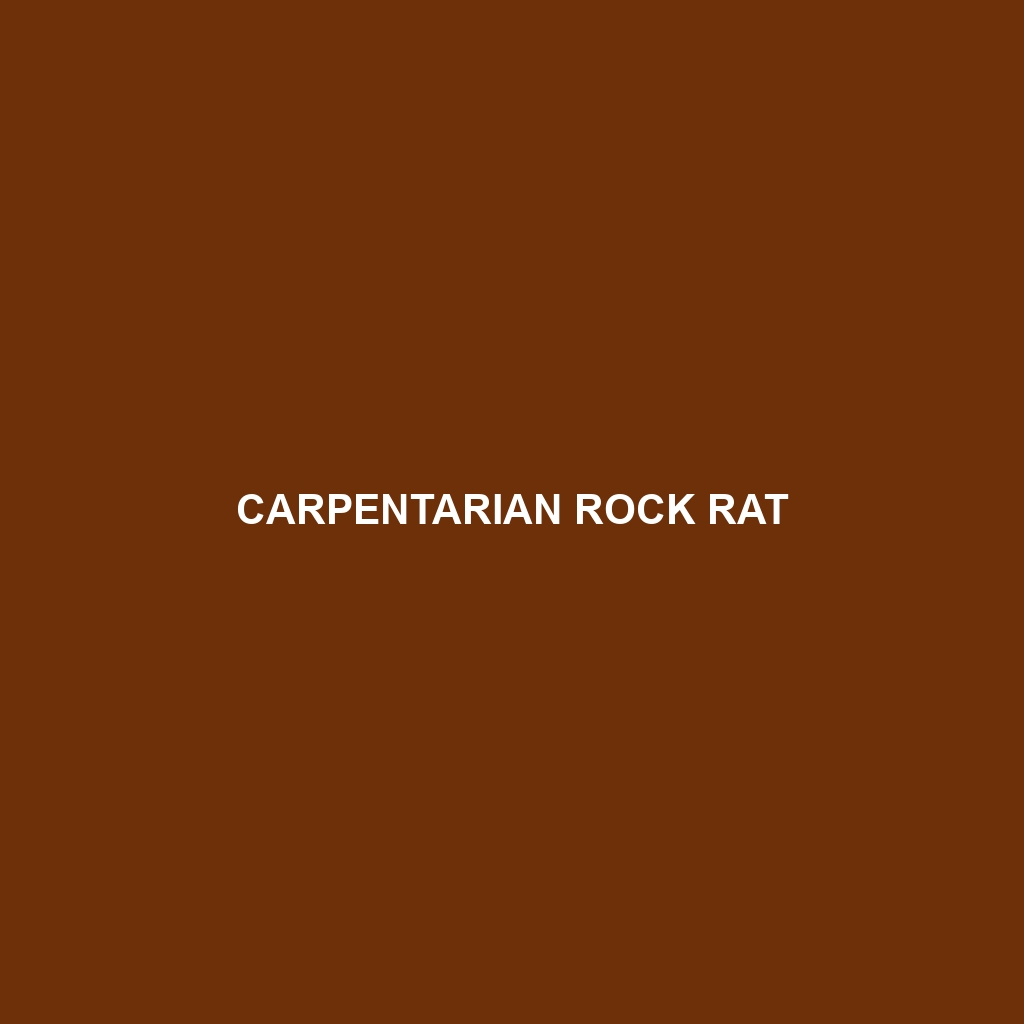Common Name: North African Hedgehog
Scientific Name: Atelerix algirus
Habitat:
The North African Hedgehog is primarily found in regions of North Africa, including countries such as Morocco, Algeria, and Tunisia. It inhabits a range of environments, from dry scrublands and sparse forests to agricultural areas. This adaptable species prefers areas with abundant cover, such as shrubs and low vegetation, which provide shelter and foraging opportunities.
Physical Characteristics:
The North African Hedgehog typically measures between 20 to 30 centimeters in length and weighs around 0.5 to 1.2 kilograms. Its body is characterized by a rounded shape covered in spines that are usually light brown or tan with darker bands. Notable features include a pointed snout, small eyes, and short legs, which make it an adept forager. The distinct spiny coat helps in camouflage among the leaf litter and debris found in its natural habitat.
Behavior:
North African Hedgehogs are primarily nocturnal, becoming active at dusk and spending the night foraging for food. They are solitary animals and exhibit a range of behaviors, including digging, climbing, and rolling into a ball as a defense mechanism against predators. During the day, they seek refuge in burrows, undergrowth, or human-made structures. Their heightened sense of smell aids in locating food and navigating their environment.
Diet:
The diet of the North African Hedgehog is varied and consists mainly of insects, worms, and small invertebrates. They also enjoy fruits and vegetables when available, making them opportunistic feeders. This hedgehog plays a role in pest control by consuming a significant number of insects, thereby contributing to the ecological balance of their habitat.
Reproduction:
The breeding season for North African Hedgehogs occurs in spring and early summer, with females typically giving birth to two to seven offspring after a gestation period of about 35 days. The young are born blind and are completely dependent on their mother for nourishment. Weaning occurs at approximately four weeks, and juvenile hedgehogs begin to forage independently soon after.
Conservation Status:
The North African Hedgehog is currently listed as vulnerable due to habitat loss and fragmentation caused by agriculture, urbanization, and pesticide use. Conservation efforts are essential to protect this unique species and its natural habitats to ensure its survival in the wild.
Interesting Facts:
A fascinating aspect of the North African Hedgehog is its ability to enter a state of torpor during extremely hot weather, significantly reducing its metabolic rate to conserve energy. Additionally, these hedgehogs can be seen rolling in the feces of other animals, a behavior known as “self-anointing,” which may serve to mask their scent from predators.
Role in Ecosystem:
The North African Hedgehog plays a crucial role in its ecosystem as a predator of insects and other small invertebrates. By controlling insect populations, they help maintain ecological balance, preventing certain species from becoming too dominant. Furthermore, their burrowing activity aids in soil aeration and nutrient cycling, benefiting plant growth in their habitats.
